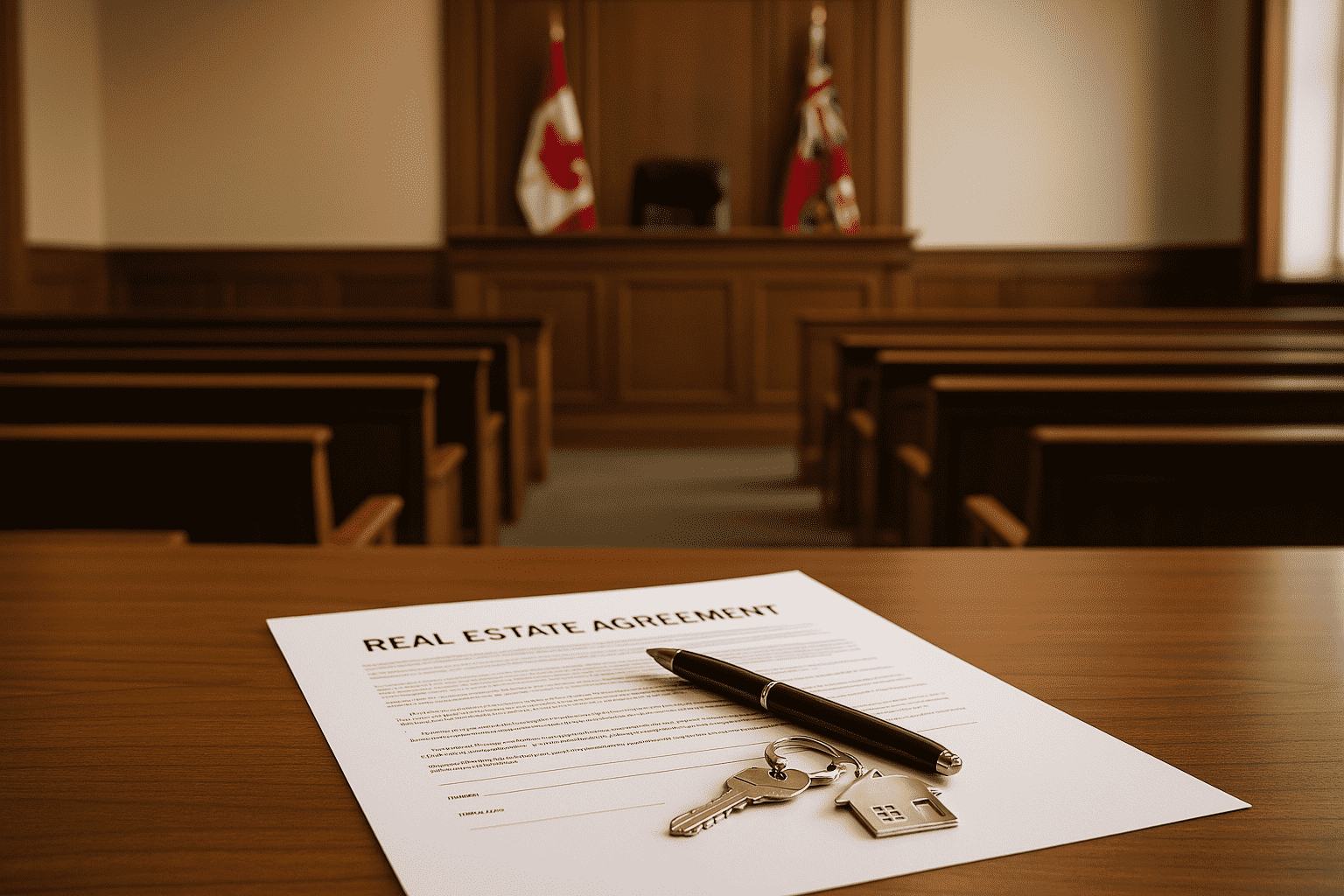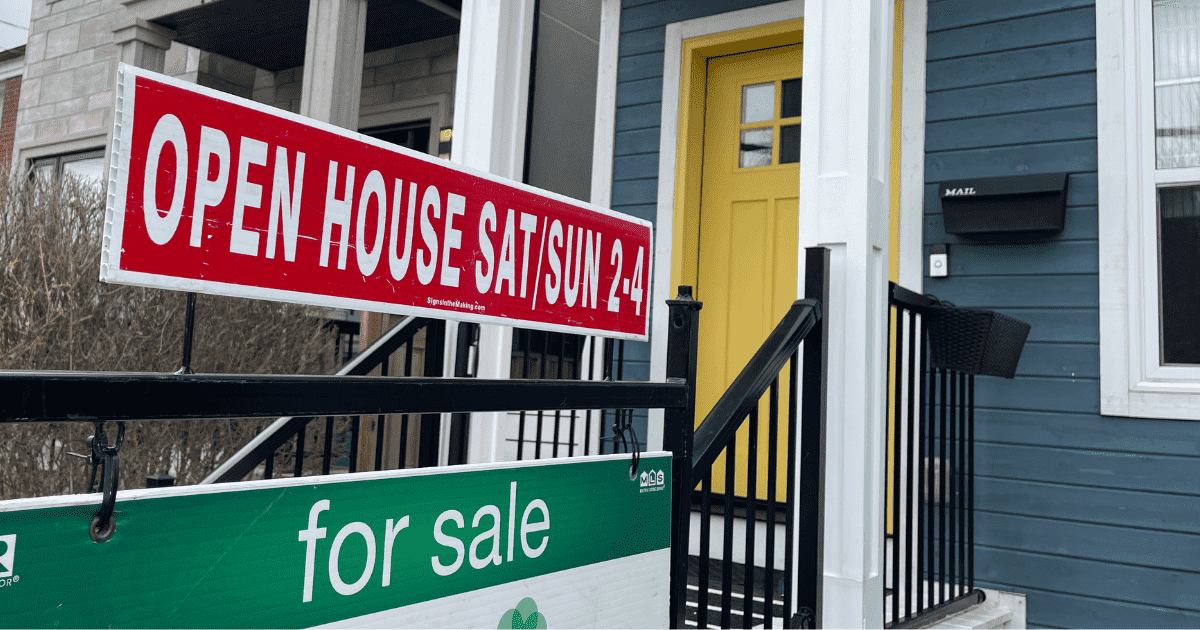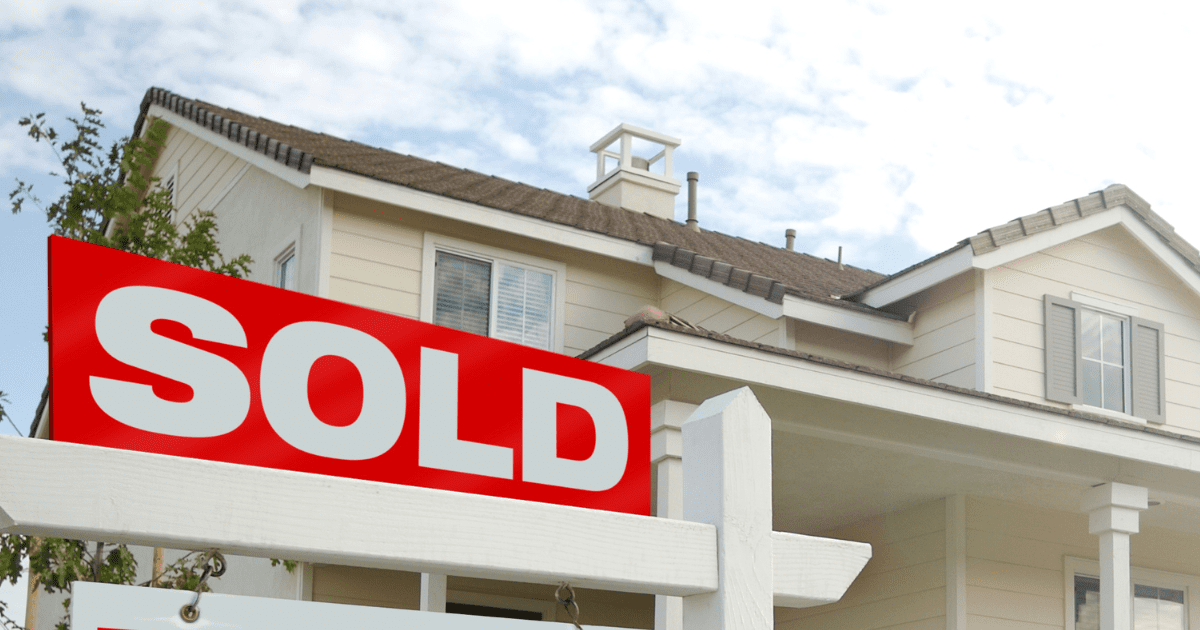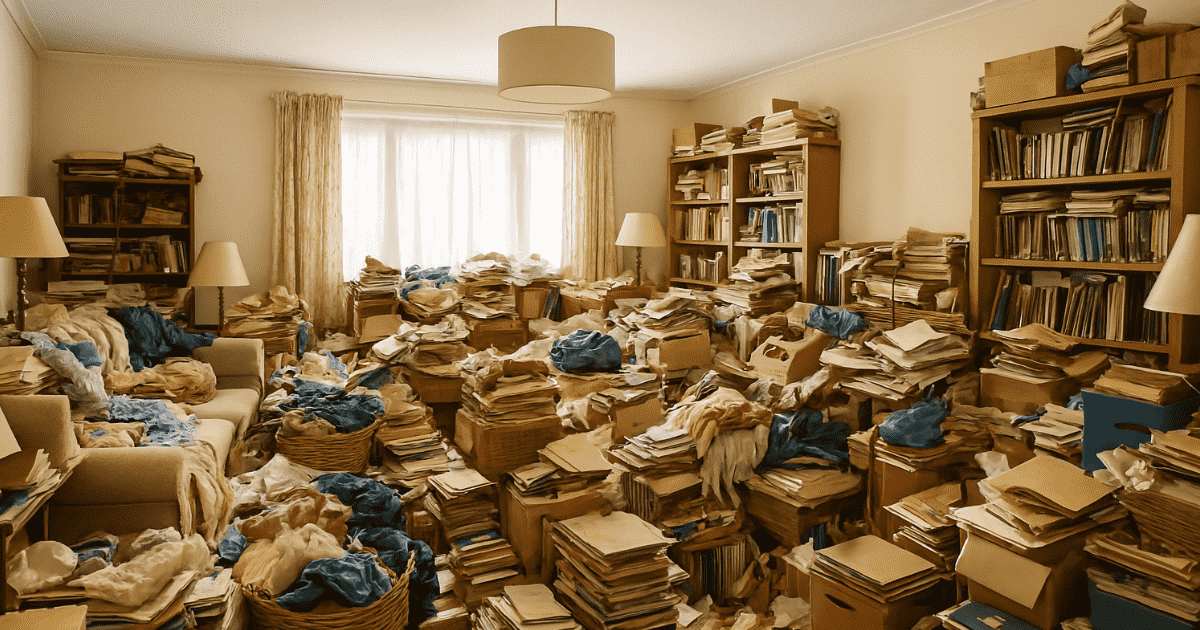Fidel Castro led Cuba for almost five decades, but in all that time, few people could ever tell you where he lived. With so many assassination attempts – by the CIA and others over the years – he was forced to change abodes frequently. Even in retirement, his place of residence remained top secret.
Not so with his childhood home. Castro grew up on a 12,000-hectare farm and sugar plantation near the village of Biran in Holguin Province in eastern Cuba. Though it’s not well known, the site was opened to the public in 2002.
Fidel’s father Angel bought the property, known as Finca las Manacas, in 1915. Here he grew sugarcane, sold timber and raised cattle on the site that once sat on the Camino Real, or Royal Road – Cuba’s main east-west thoroughfare in colonial times.
The holdings were so vast it resembled a small community, with many of the structures still visible today. Near the entrance are several small thatched huts that were reserved for the mainly Haitian labourers. There’s also a cockfighting ring and several brightly coloured wooden buildings that once housed a post office, a guest house and a market store. Visitors can peak inside the primary school that Castro and other local children attended and see the cemetery where his parents are laid to rest.
His father came to Cuba from Spain as a soldier to help quell the Cuban independence movement in 1895 and returned to live in the country four years later. He became a well-to-do landowner and began a relationship with household servant Lina Ruz González, who was 27 years his junior. Together they had three sons and four daughters and married after their third child Fidel was born.
Of greatest interest to visitors is the homestead – a yellow wooden mansion built on tall stilts where the family lived and where Fidel was born. We approach beneath the structure, where Angel Castro’s 1918 Ford motorcar is parked.

The dining room and living room of the home near Biran, Cuba where Fidel Castro and his younger brother Raul spent their childhood years.
The home’s spacious interior includes original furnishings, several bedrooms, a living room and a dining room, said to be very authentic of a Cuban campesino. Also on display are family photographs, a chair made of cow hide that doubled as a drum at local festivities, Fidel’s crib and his bedroom where a sport shirt with his name embossed on the back hangs in a wardrobe.

Fidel’s sports shirt with his name on the back hangs in the wardrobe of his former bedroom in the home where he grew up.
Fidel’s parents had separate bedrooms. His father’s room contains his bed, a mahogany wardrobe, a dominos set on a table and a photo of him on his first trip to Cuba at age 20 as a Spanish soldier. In one corner is a heavily damaged safety deposit box. After her father’s death, Fidel’s sister Juanita was forced to break the safe to get at its contents.
“She assumed it contained a lot of money,” says guide Antonio Lopez, “but inside she found only one peso and lots of documents.” Apparently, the elder Castro had “no concept of storing cash because he believed you don’t keep your money, you invest it.”
Behind the house, Lopez shakes the branches of an old tree as several yellow fruits fall to the ground. These are sometimes called Chinese plum, carambola or star fruit. “Fidel loved it because he was also a good runner and got a lot of energy from this fruit.”
His hands cupping the fresh harvest, Lopez tells us the family home burnt down in 1954 (Fidel had left by then) and the home that stands now is a replica that was erected in 1974. A carambola tree was lost as well, but another – the one under which we are standing – was planted in its place.
Fidel preferred to keep things low key and non-commercialized. As a result, there’s surprisingly little tourism promotion of the Castro family homestead. A roadside billboard, for example, shows a picture of Fidel and Raul with their house in the background and just one word on the sign: Biran, giving no indication of the attraction nearby. Most visitors find out about it through word-of-mouth. We were told that of the 500,000 visitors since it opened, 400,000 have been Cubans and only 100,000 have been foreigners.
And it seems the property wouldn’t have opened at all if it weren’t for some curious and persistent Canadians who came by around 2001. “They were from Quebec and when they arrived at the gate they were prevented from entering,” says Lopez. When a bit of a fracas ensued, Raul, the current Cuban president, who was on the farm at the time, intervened and allowed them in. He realized that people were interested in seeing the property and shortly after that opened it to visitors.
“So the museum started with Canadians,” says Lopez.
Diane Slawych is a contributing writer for REM.













